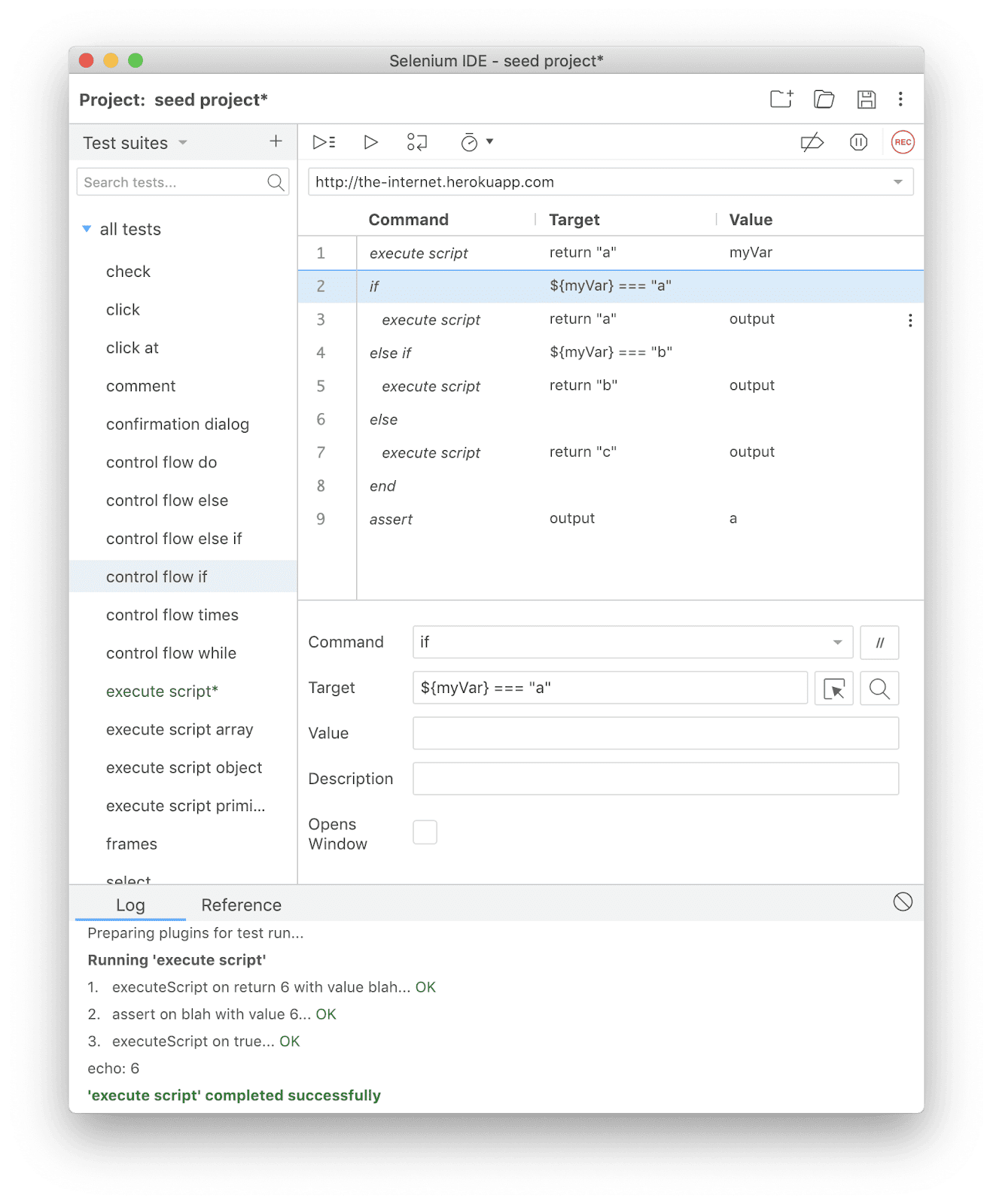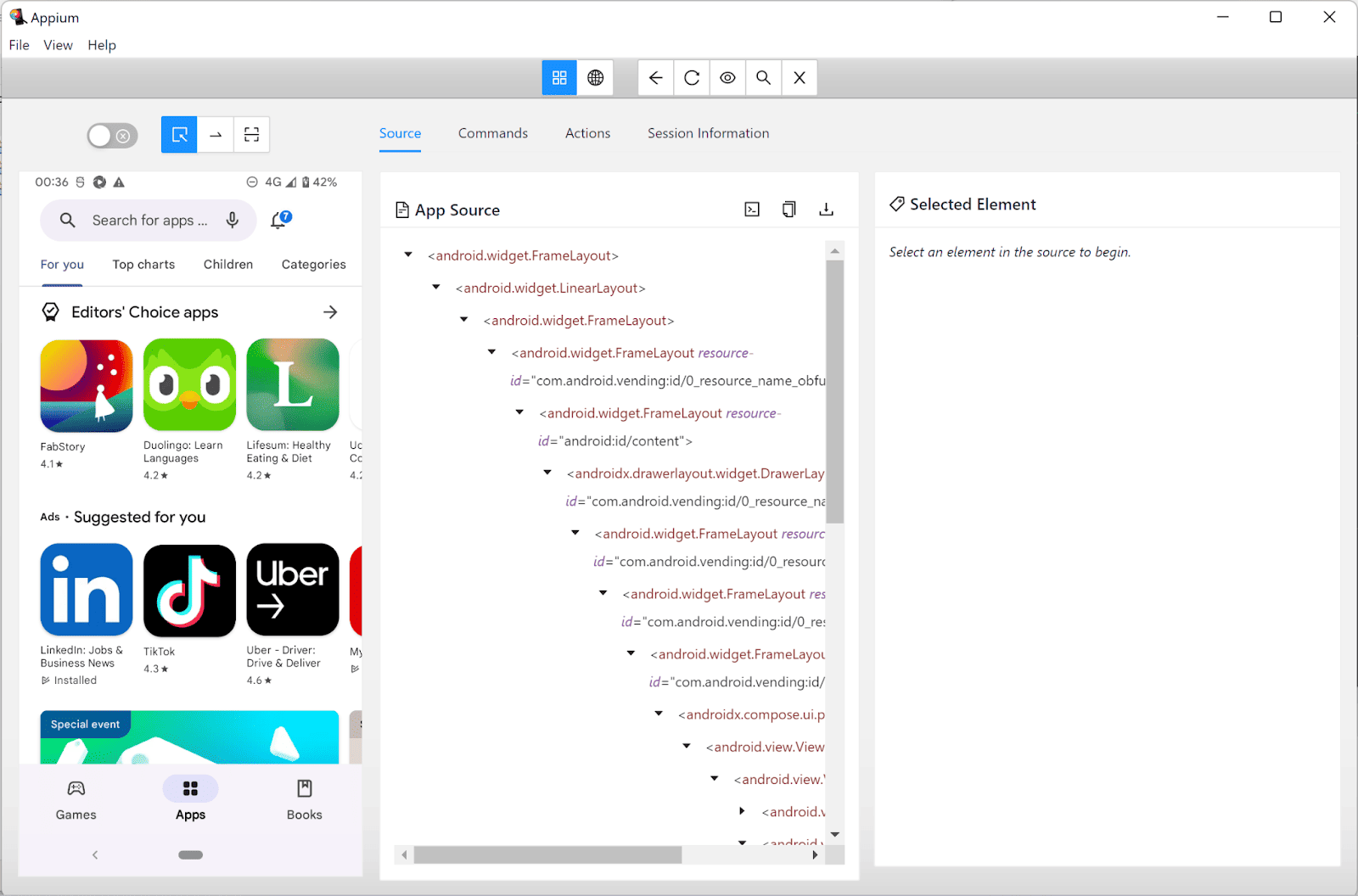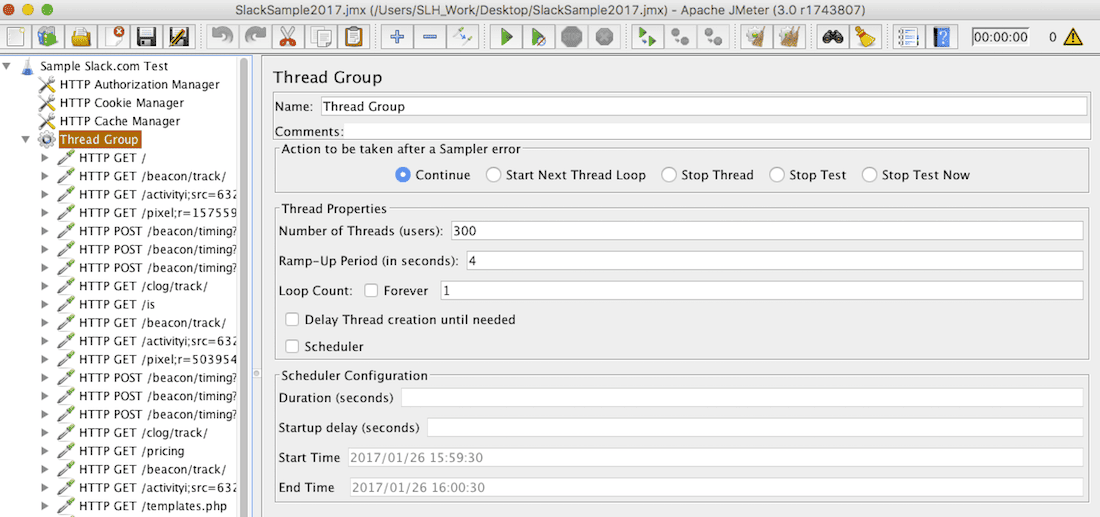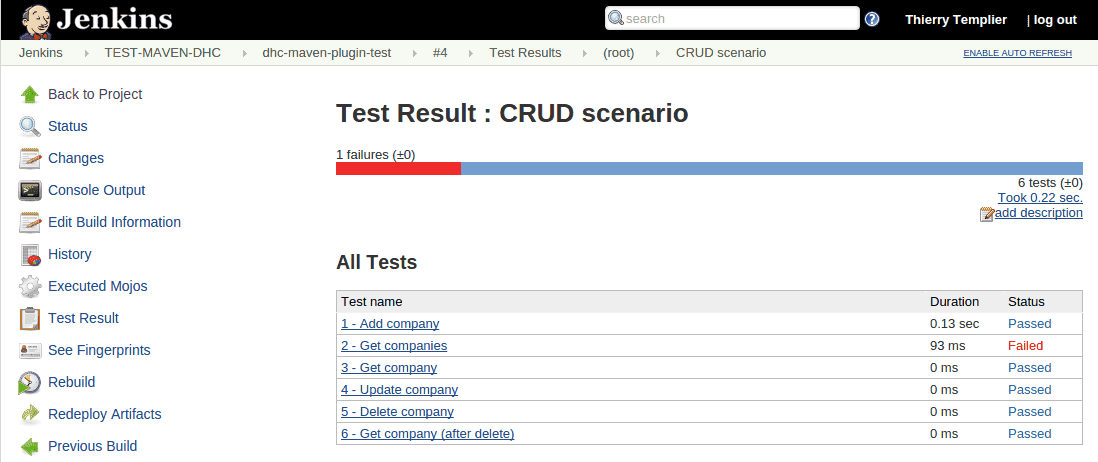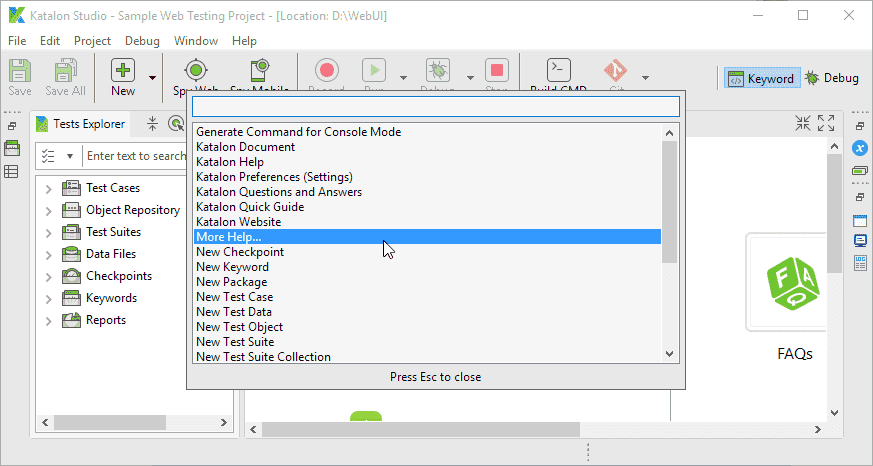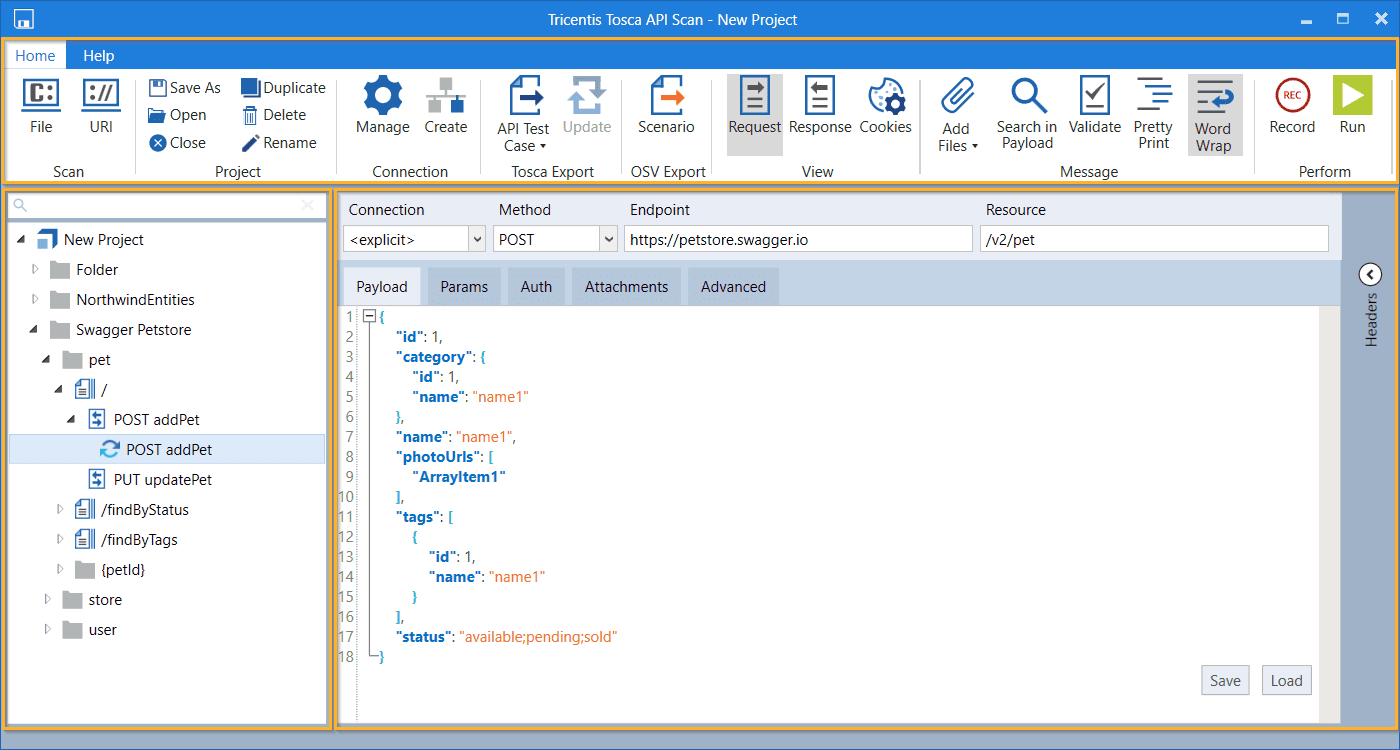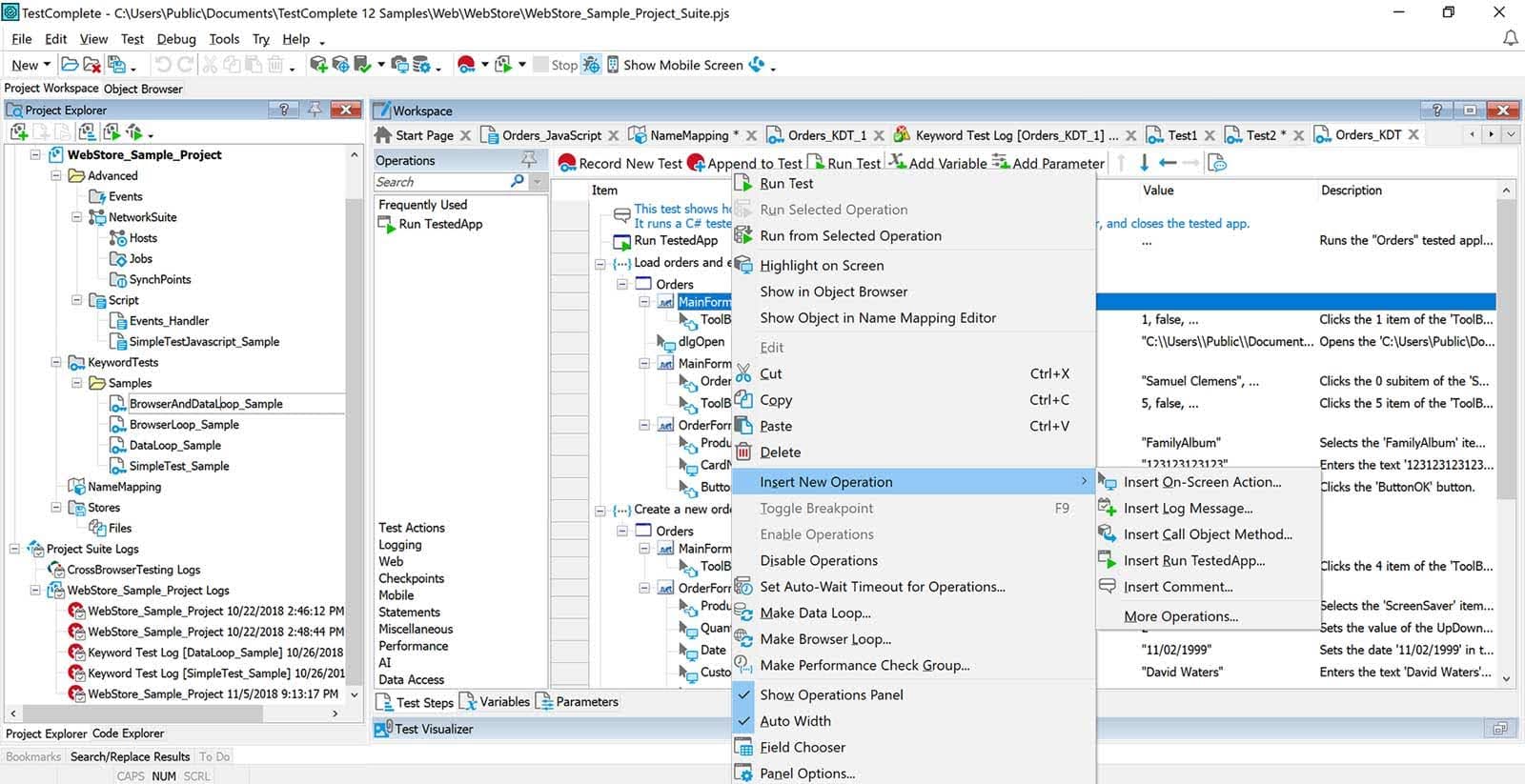Identifying and fixing software flaws early in SDLC is much more effective than doing so after release. With the right continuous testing solutions, IT professionals can easily detect and resolve software issues before they escalate into greater problems and businesses can ensure faster time to market and eliminate potential re-engineering costs.
In this guide, we’ll briefly explain what continuous testing is and outline the top seven tools supporting this approach.
Key Takeaways
What’s Continuous Testing?
Continuous testing is an Agile and DevOps practice, where developers and QA testers execute automated tests from the beginning of development — all the way through to deployment. This approach lets programmers catch bugs early enough in the process and refine the performance of their code accordingly. In the longer perspective, continuous testing expedites software delivery and incurs fewer expenses — all without jeopardizing solution quality and user experiences. But for this practice to be truly effective, it needs a solid basis: specialized continuous testing tools.
Popular Continuous Testing Tools for Your Project
Although versatile solutions are accessible on the market, the truth is, there’s no one-size-fits-all continuous testing instrument. When considering a testing framework for your current project, focus on the types of functional and non-functional testing it supports, how well it integrates with your current tech stack and CI/CD workflow, and which platforms and devices it covers. Check our continuous testing tools list to come up with the right system for your needs:
Selenium
Selenium is an open-source ecosystem for web application testing that comprises:
Key features of Selenium:
How and when it’s best to use Selenium:
If you want to try this free platform, first install a programming language library along with a package manager. Next, set up Selenium WebDriver with its dependencies and download a browser driver. Upon these simple steps, start creating a test script.
Selenium is the best option for functional automated web testing, including regression, user acceptance, smoke, sanity, exploratory, compatibility, and UI testing.
Appium
Appium is a non-proprietary test automation framework used for native, cross-platform, and hybrid mobile applications, while also offering basic support for web and desktop platforms. Its core parts are:
Key features of Appium:
How and when it’s best to use Appium:
To take advantage of Appium-driven testing, install the solution and a driver for your intended platform. Then, set up a client library in your preferred language and add any required plugins.
This continuous testing tool is an ideal fit for performing functional testing of mobile applications: cross-platform, UI, sanity, regression, compatibility, and smoke.
Apache JMeter
One of the most effective continuous performance testing tools in CI/CD pipelines is Apache JMeter. This free solution is perfectly suited for performance testing of web applications, services, protocols, database servers, and APIs, and can be augmented with tailored performance testing services. Using JMeter, technical specialists effectively gauge the way software operates under different loads; validate its response times, latency, reliability, and scalability; and quickly spot and correct issues.
Key features of JMeter:
How and when it’s best to use JMeter:
To start using this tool as soon as possible, download it from the official provider and install it on any OS compatible with Java. Then, create a test plan with the Test IDE.
JMeter is an excellent pick when multiple kinds of CI/CD automated performance testing are needed.
Jenkins
Next in our continuous testing tools comparison is Jenkins, an open-source server employed in CI/CD workflows to automate software creation, testing, and deployment. While not a testing framework at its core, this server triggers and orchestrates tests built with tools akin to Selenium. If you want to validate APIs or web, cloud, mobile, or desktop platforms, Jenkins adeptly controls test execution, ramping up the release of your system.
Key features of Jenkins:
How and when it’s best to use Jenkins:
If you’d like to get started with this instrument, install at least Java JDK 11 and download the generic Java package from the official website. After that, start Jenkins on your device and finalize installation through your browser.
It’s best to use this solution for unit, API, integration, regression, UI, performance, smoke, sanity, load, and cross-environment testing across any platform — depending on the testing framework used and your specific needs.
Katalon Studio
According to Gartner, one of the best continuous testing tools powered by AI is Katalon Studio. This platform builds upon Appium and Selenium and is applied for mobile, web, desktop, and API testing. With its user-friendly interface, AI-driven efficiency, and an extensive library of prebuilt functions, Katalon caters to both novices and experienced professionals, helping them write and execute automated tests much faster and smarter. While the platform offers a free tier, its advanced features come at a price for the Create, Expand, and Scale plans.
Key features of Katalon:
How and when it’s best to use Katalon:
Kick-starting with the platform is straightforward — download the package from the vendor’s website, integrate it with your systems, and begin writing AI-assisted test scripts.
Katalon’s use cases focus on UI, regression, smoke, acceptance, and cross-platform functional testing of APIs and web, desktop, and mobile applications. If integrated with OctoPerf or JMeter, this solution also suits performance, load, and scalability testing.
Tricentis Tosca
Among effective tools for continuous testing, you’ll discover Tricentis Tosca. It’s a commercial, AI-driven platform that supports codeless test automation for APIs and web, cloud, mobile, desktop, BI, and legacy software. As a model-based tool, Tosca lets developers reuse blocks of tests across numerous test cases, accelerating design and execution while simplifying maintenance. Its versatile AI abilities remove manual effort and lower risks, such as brittle or broken tests, resulting in quicker delivery and healthier software.
Key features of Tosca:
How and when it’s best to use Tosca:
For starters, request a demo and then download the tool from the corporate website to ensure it aligns with your development environment.
Due to its capability for end-to-end testing across any application, Tosca is a suitable solution for enterprise settings. While common test types it supports include regression, UI, risk-based, acceptance, smoke, and cross-platform testing, Tosca can also become one of the best online load testing tools once combined with NeoLoad.
TestComplete
TestComplete is a commercial solution for validating mobile, web, and desktop applications, which also supports API testing. This tool enables IT specialists to develop keyword- and data-driven tests; is powered by AI and OCR for test data generation, visual testing, and robust object recognition; and offers easy maintenance. It also helps achieve full test coverage through secure testing environments, all-around data protection, and third-party services for risk management.
Key features of TestComplete:
How and when it’s best to use TestComplete:
You can start with a free 14-day trial by downloading the tool from the vendor’s website on the Windows OS. After that, you can go on with the Base, Pro, or Advanced plans.
TestComplete is the optimal choice for checking the functional aspects of web, desktop, and mobile applications, including regression, smoke, UI, and data-driven testing.
Conclusion
Continuous testing is an agile alternative to traditional testing that can save companies from multiple risks. With a great variety of relevant tools available today, the ultimate choice depends on your project’s requirements and the expertise of your technical teams. By relying on our overview of the top seven tools for continuous testing, you can explore essential selection criteria, such as key features and best use cases, and make a confident decision.
Related insights in blog articles
UI Load Testing: Full Guide
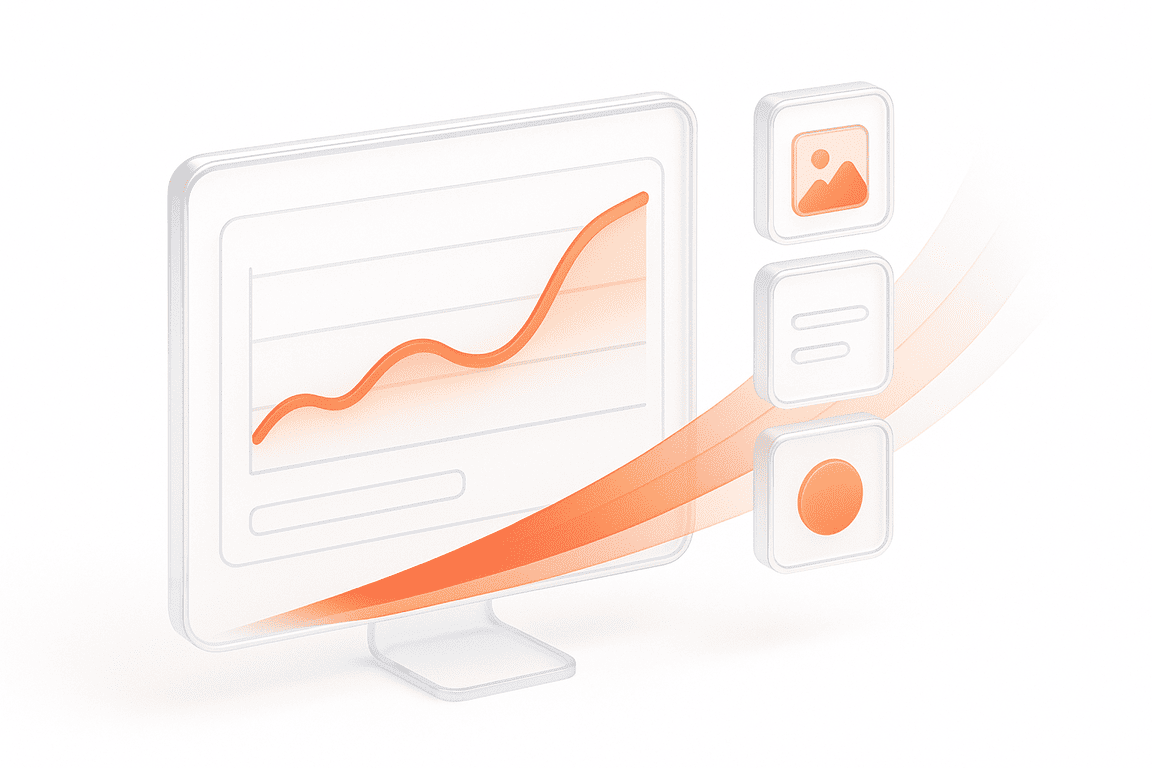
When an application starts to slow down, users notice it immediately. Pages hesitate to load, buttons lag, animations freeze for a split second, and that’s often enough to make someone close the tab. These issues rarely come from the backend alone. In most cases, the real strain appears in the browser, where scripts, styles, and […]
Internet of Things Testing: Benefits, Best Practices, & Tools for Reliable Connected Systems
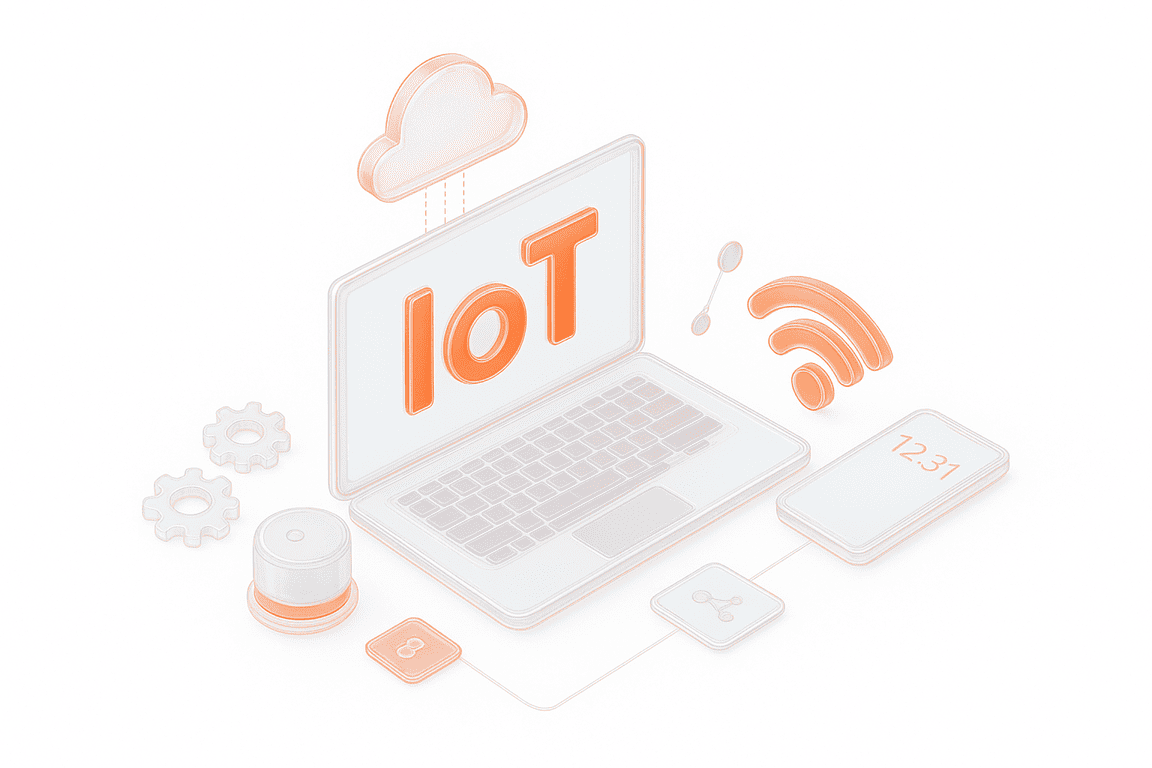
IoT is an ecosystem of devices connected through networks and relying on cloud or app services for endless communication, data exchange, and smart automation. For this ecosystem to work seamlessly 24/7, it heavily depends on IoT testing. Apart from impeccable performance, the latter guarantees the reliability, protection, and integrity of diverse devices, networks, apps, and […]
Swagger API Testing: What It Is, How It Works, and Best Practices for QA Teams

Testing APIs without proper documentation can feel like walking through fog — every endpoint is a guess, every parameter a risk. But not with Swagger UI API testing. Swagger turns static API definitions into a live, interactive interface where developers and QA teams can validate endpoints, check request/response schemas, and explore the system in real […]
BlazeMeter vs. JMeter: Full Comparison
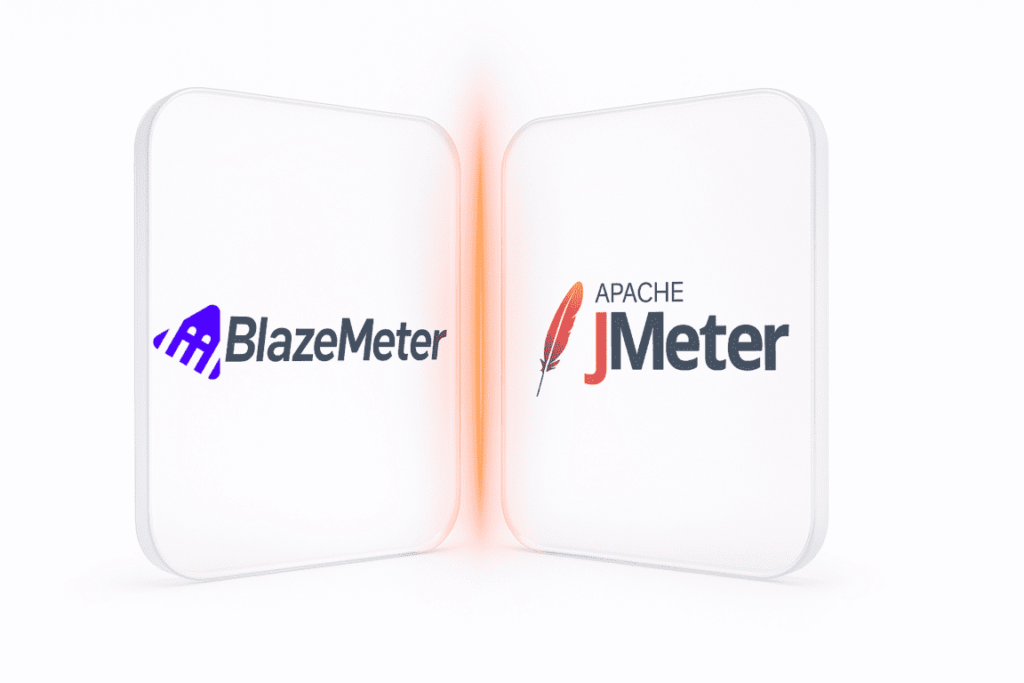
Ever wondered whether you should stick with Apache JMeter or move your tests to BlazeMeter? Both tools are powerhouses in performance and load testing, but they serve different needs. JMeter is an open-source desktop tool under the Apache 2.0 license; ideal for local or distributed testing across HTTP, APIs, JDBC, and more. BlazeMeter, on the […]
Be the first one to know
We’ll send you a monthly e-mail with all the useful insights that we will have found and analyzed
People love to read
Explore the most popular articles we’ve written so far
- Top 10 Load Testing Tools for 2025: The Deep Dive Sep 9, 2025
- Cloud-based Testing: Key Benefits, Features & Types Dec 5, 2024
- Benefits of Performance Testing for Businesses Sep 4, 2024
- Android vs iOS App Performance Testing: What’s the Difference? Dec 9, 2022
- How to Save Money on Performance Testing? Dec 5, 2022


